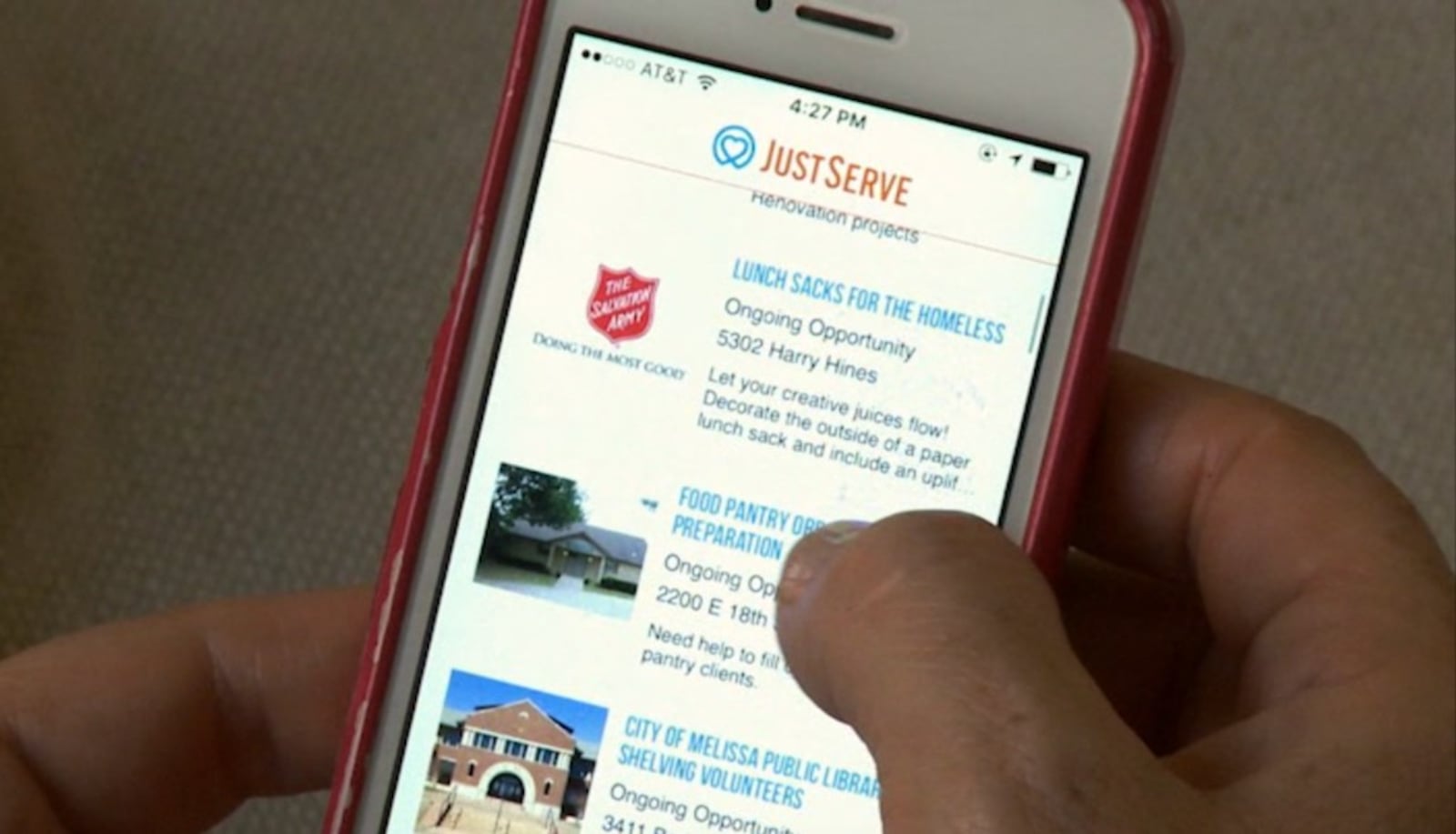Utah is one of the most philanthropic states in the nation. We’re generous, tight-knit, and — let’s be honest — a little competitive about doing good. But sometimes, that goodwill funnels into the same familiar circles year after year, often benefiting the best-funded organizations while smaller nonprofits scrape by doing gritty, life-saving work in the margins.
It’s hard enough for a grassroots nonprofit to stay afloat when its marketing budget looks like a line item for “hope” and “good intentions.” Picture it: a scrappy executive director with a bullhorn, standing in the middle of Times Square, trying to shout over LED billboards, holographic influencers, and some guy in an avocado costume promoting luxury toast. That’s what it’s like competing against mega-funded organizations with PR agencies and gala budgets larger than your nonprofit’s entire operating plan.
So let’s diversify. Let’s give some love — and funding — to the nonprofits in our own backyards that are solving the uncomfortable things in life: child abuse, disabilities, affordable child care, homelessness, suicide prevention, health challenges, food sustainability, literacy and refugee support. These are the issues that don’t come with shiny sponsorship perks or champagne receptions, but they do come with real human impact.
Here are five steps to real mission and corporate value alignment.
Step 1: Start with internal market research — find out what your people actually care about.
If your current giving strategy feels like checking a box or booking a table at an event because “that’s what we’ve always done,” it’s time to pause. Your employees are more than seat fillers — they’re stakeholders in your purpose.
Survey your team. Ask about what causes matter to them. You might discover your IT department is passionate about autism support, or your sales team adamantly fights for food security. Understanding what genuinely motivates your people is the key to choosing a cause that ignites real engagement versus one that gets a polite clap and a leftover swag bag.
And let’s be honest: no one wants to be voluntold into giving. Find what resonates and you’ll create connection, not compliance.
Step 2: Where to find aligned nonprofits in Utah — beyond the big names and big galas.
Once you’ve got a sense of your internal giving values, it’s time to find a nonprofit that’s more meaningful than just, “they had a great speaker last year.”
Here are a few Utah-based resources to get you started:
- Utah Nonprofits Association (UNA) – Think of it as the nonprofit version of LinkedIn, but more helpful.
- JustServe.org – Great for volunteer opportunities and boots-on-the-ground service ideas.
- Best Seat SLC – Creates life-changing moments of joy and hope for children facing illness, hardship or financial struggles.
- Community Foundation of Utah – Connects you with mission-aligned giving strategies and nonprofit networks.
And while you’re browsing, try not to be dazzled by slick branding. A high-budget website doesn’t always equal high-impact work. Some of the most effective nonprofits are using Gmail, duct tape and coffee-stained mission statements taped to the breakroom fridge. But they’re still changing lives.
Look for authenticity. Ask for results. And remember, you’re not buying a product — you’re investing in people.
Step 3: Assign a nonprofit liaison — AKA, someone who knows the difference between a partner and a photo op.
If “supporting a cause” means slapping a logo on a golf tournament banner and calling it a day, we need to talk.
Designate someone on your team (or a small committee) to build and manage nonprofit relationships. This person should be more than a scheduler — they should ask good questions, meet with nonprofit leaders and come back to your leadership team with real partnership options.
Bonus points if they also keep the office plants alive. That’s a given.
This is where purpose becomes a practice. The best nonprofit collaborations are built, not booked. They grow through trust, alignment and conversations that go beyond “how much is the table?”
Step 4: Explore models that disrupt traditional giving.
Utah is home to a growing movement of purpose-led organizations doing philanthropy differently. Self-Help Homes and Community Rebuilds invite volunteers to swing hammers and build affordable or sustainable housing alongside the people who will live there. Comunidades Unidas empowers Latino immigrants through culturally rooted advocacy and education. Youthlinc turns students into lifelong service leaders through structured opportunities to give. BuildthenBless.com encourages employees to be kindness ninjas in the wild by allowing them to micro-give within their local community. Encircle creates space for LGBTQ+ youth and families to find healing through community events and resources.
These aren’t just nonprofits — they’re proof that giving doesn’t have to be performative. It can be personal, relational and quietly life-changing. This is what it looks like when generosity skips the corporate press release and goes straight to the heart.
Step 5: Treat your nonprofit strategy like a PR and brand asset.
The smartest companies no longer treat nonprofit partnerships like tax write-offs. They see them as brand strategy, talent retention and public relations gold.
When you sit down with a potential nonprofit partner, ask these five questions to build a relationship that benefits both sides:
1. How can our team contribute skills, not just dollars? For example, your HR pros could help with hiring practices, or your developers could fix their donor software. Let your people shine through service.
2. What stories already exist that we can help share? Spoiler alert: your logo doesn’t need to be the main character. Be the platform, not the pitch.
3. Where are you under-resourced, and how can we close that gap? It might not be glamorous, but maybe they need a new printer, event volunteers or someone to organize donor thank-yous.
4. What would meaningful employee engagement look like for you? Some organizations want volunteers. Others need voices. Ask first, assume never.
5. What does long-term success look like for you, and how can we stay involved? True partnerships outlast campaigns. This is how you move from “checkbook charity” to transformational ally.
Final word: Give boldly. Think bravely. Stay human.
Utah businesses have a unique opportunity to lead the nation in how corporate philanthropy should be done: not as a performance, but as a partnership.
Purpose-driven companies don’t just give — they lift. They listen. And they lead with more than money, they lead with meaning. So yes, write the check. But also show up. Ask the questions. Support the bullhorn-holding nonprofits in Times Square who are out there doing life-changing work without fireworks or formalwear.
Philanthropy gets a whole lot more fun when you stop treating it like a checkbox and start letting it fuel your joy as a leader. And if your heart gets a little wrecked — in the best way — while lifting up the community that helped build your business? That’s not just good strategy, that’s the kind of purpose-driven company people line up to work for, stay loyal to and brag about at dinner parties.
So, what are you waiting for? You’ve got this.


